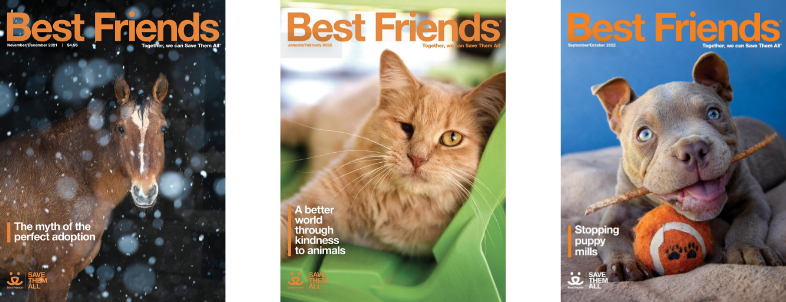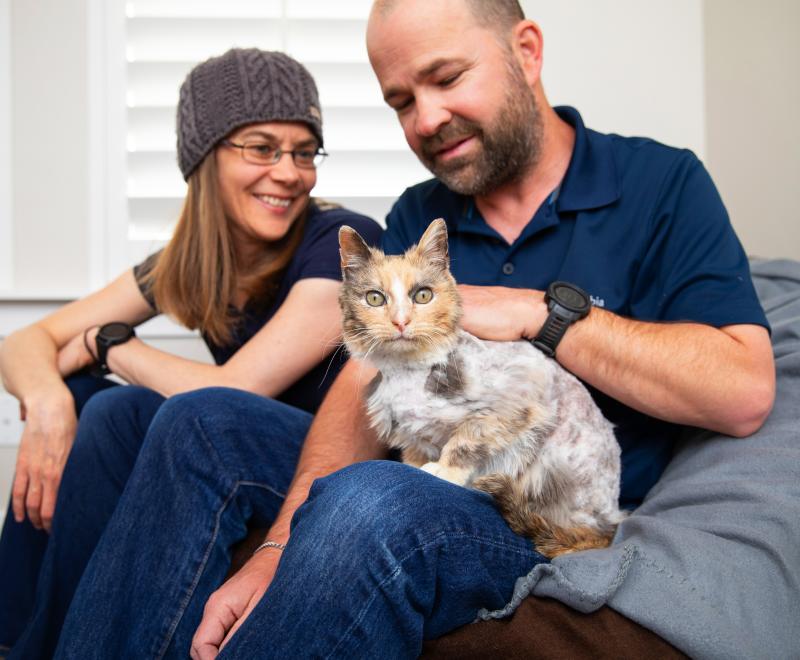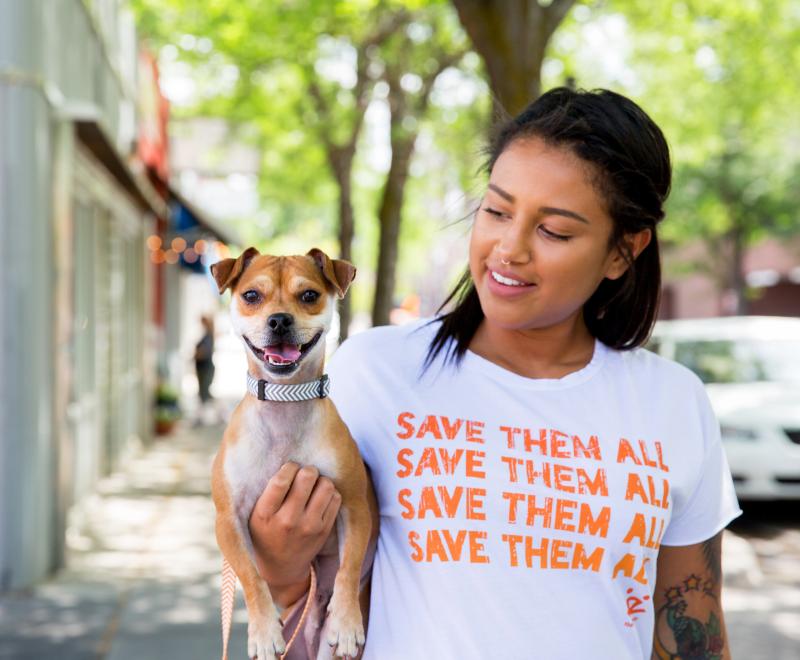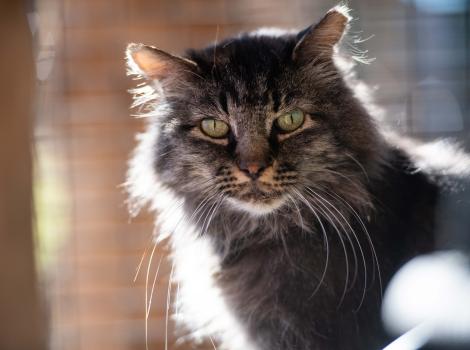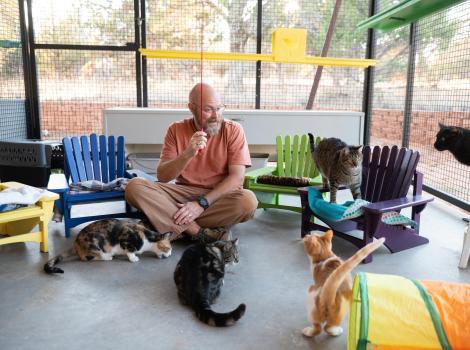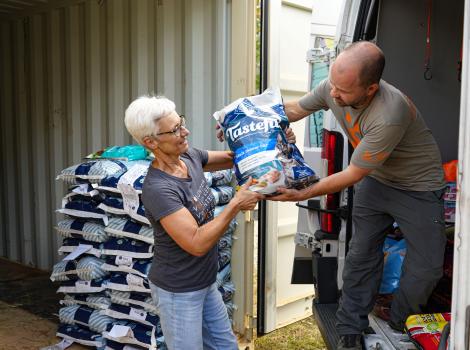Animal shelters’ no-kill state of mind

You know what’s beautiful about the evolution of animal sheltering? Its simplicity. Let’s stop killing our animal friends when they just need a new place to call home or support to stay in the home they already have.
It’s tempting to end this article right here because identifying a societal problem with a simple solution is like spotting a rare bird. Quick, get the binoculars before the bird flies away! But stay with me for a moment. Because, yes, it’s as simple as making the decision to stop killing pets. Simple doesn’t mean easy though. And that’s the trap we can fall into when things feel overwhelmingly difficult — that it’s just too hard to change. When applied to animal sheltering, it sounds like this: There are too many animals and not enough money, or time, or staff, or adopters, or foster homes, or veterinary care.
Here’s the good news: Every imaginable challenge in animal sheltering has a well-documented, tried-and-tested solution. We are in a golden age in this movement where there’s plenty of information, even step-by-step playbooks and mentoring programs that spell out how to work through each challenge a community and its shelter are facing. That’s why in 2016 Best Friends began the push for every shelter in every community to reach no-kill by 2025 and to work together to get there. This is an idea whose time has come.
In 2024, 80% of shelters had a save rate of 80% or higher (the benchmark for no-kill is 90%). We’ve reached the tipping point where no-kill has become the norm — supported and expected in communities across the country. There’s no turning back as we work together to create a no-kill society in which no dog or cat loses their life simply for lack of space in a shelter.
Here we are in 2025, just the right time to look at the state of the states, if you will. What is life like today as shelters, their communities, and entire states decide to stop killing dogs and cats and to support them and their people instead? We talked to people from three shelters in states at different stages of the process. If you’ve ever believed that killing pets is a necessary evil that will never go away, read on. And if you’ve always believed that no-kill is possible, you’re about to hear from some other folks who think so, too.
The view from no-kill states
Brandywine Valley SPCA (BVSPCA), with locations in Pennsylvania, Delaware, New Jersey, and Washington, D.C., represents just one of many shelters and communities that have embraced the mindset to save animals’ lives. Four states are now no-kill, and all of them are in the Northeast.
“Helping to bring Delaware to the no-kill level was a goal and accomplishment we are so proud of,” says Adam Lamb, chief executive officer at BVSPCA. Recently, when 76 animals were removed from a single home, the BVSPCA team assisted on the scene, took in all the animals, provided veterinary care and grooming, and successfully placed the animals in new homes.
In the past, cases like those 76 pets from one home would have been overwhelming for any organization to handle. But today, more and more shelters have shifted their mindset. Best Friends regional programs director Audrey Lodato says, “When shelters with a low save rate begin the journey toward no-kill, they start with saving all the healthy, highly adoptable animals. Once they’ve mastered that, they can start saving the ones with upper respiratory infections or other treatable things. Then they’ll add in saving the ones with minor behavior issues.” Pretty soon, a save rate of 90% or more becomes inevitable. And best of all, it tends to stay that way.
[Animal shelter saves pets even when the going gets tough]
“We know that when a shelter goes no-kill, they very rarely go back,” says Audrey. “People get resourceful when the option is no longer on the table to kill animals due to lack of space, or for treatable medical conditions, or behavior.” That shift in mindset changes everything, and it drives collaboration. Who in the area can help with medical cases? Who has a good behavior program?
It’s no coincidence that shelter leaders in no-kill states have prioritized supporting each other because it takes all of us pulling in the same direction to turn the old system upside down.
As Adam says, “We see how keeping the no-kill level of lifesaving across our organization inspires our teams and provides hope to the community, who know they can count on us when they find an animal in need.”

Nearly there
Several other states are just a whisker’s width away from reaching no-kill. There’s Connecticut, Maine, and Massachusetts on the East Coast and, in the middle of the country, Montana, North Dakota, Wyoming, Nebraska, and Idaho. Jeff Rosenthal, DVM, has worked at Idaho Humane Society for over 20 years and is now the chief executive officer. He was there when the situation was, he says, “terrible.” He recalls, “It was extremely difficult to maintain morale in a shelter that euthanized adoptable animals.” Today, 28 out of the 29 Idaho shelters have embraced programs that have made it possible to reach no-kill.
“Idaho is an example (of a state) where shelter leaders have been willing to do everything necessary to save animals’ lives,” says Nick Lippincott, Best Friends lifesaving programs senior manager. “And a number of shelters have been rallying to help the remaining one that’s not yet no-kill.” Not only are Idaho shelters working together to lift each other up, but Best Friends has been there all along to support those who needed funding or coaching or other assistance to try new strategies or get effective programs off the ground. Because it’s never just one thing — it’s everyone pulling together.
[No-kill shelters are now the norm]
“The progress has been amazing. What seemed unobtainable at the time I started here is now very close to reality,” Jeff says. “I think most of us involved in sheltering back then could not truly believe that we would achieve no-kill for Idaho shelters.”
One story that stands out to him involves a hound dog who came to the shelter after she’d been hit by a car. No one claimed her, and her injuries were extensive; it was the kind of case that years ago would have been marked for euthanasia. Instead, the staff named her Mina, and the shelter’s vets spent weeks tending to her wounds, then she had a skin graft, then surgery on her fractured ankle. Now Mina is pain-free and staying in a foster home until she’s adopted.
“There are literally dozens of stories every week that demonstrate how far we have come and the lengths (to which) we will go to save every adoptable animal in our shelter,” says Jeff. Mina is just one of countless examples that illustrate what life is like today for animals, shelter staff, and the community in places that have made a commitment to save every animal they can.
So many shelters across the country are putting in the effort, and we’re at a point where any one of several states, including Idaho, could soon be the largest no-kill state in the country. Jeff says, “Given how far we’ve come and how close we are, you would really have to be a pessimist to believe we will not achieve the goal.”
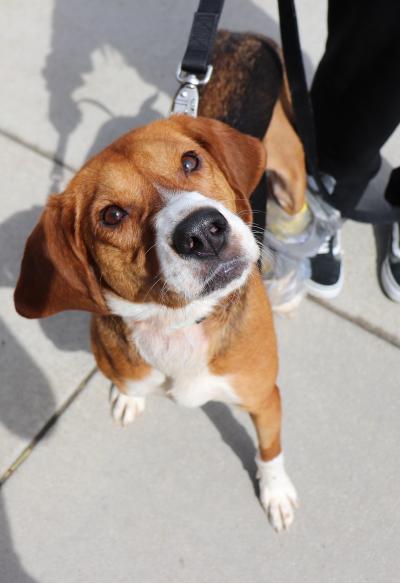
Furthest from no-kill and still committed
They say everything is bigger in Texas and, boy howdy, that’s true when it comes to the challenges facing dogs and cats there. But don’t think Texans can’t make the changes needed to save pets and support people, and thereby reach no-kill, because they not only believe it’s possible, they’re doing it.
“Honestly, I feel hopeful. Texas has come a long way in recent years, and there’s real momentum building,” says Kelly McCoy, executive director at All Kind Animal Initiative in Abilene, Texas. “Communities are stepping up to embrace the no-kill philosophy, and it’s encouraging to see such strong commitment and collaboration across the state. The progress is real, and the path we are on is promising.”
Best Friends, local organizations, and others are pouring resources into the state to support Texas shelters. There has been great progress in saving cats especially. In 2023, a statewide bill went into effect that affirmed the legality of trap-neuter-vaccinate-return programs, opening the door for Best Friends to assist shelters around the state in getting community cat programs off the ground. “We’re seeing almost instantaneous lifesaving at those shelters and a lot of support for those communities, so that’s been a really big win,” says Sophia Proler, Best Friends south central regional director.
An area of focus has been connecting with municipalities that are isolated in rural areas. Some have just one staff person tasked with everything from code enforcement to kennel cleaning every day. Sophia says, “They can’t even have hours when the shelter is open to the public because who would staff it?” It might look different from a city like Abilene or larger communities, but folks in rural areas are eager to save their town’s animals, too.
“No idea is too small or too big to try when there’s such a large lifesaving gap and so many community members willing to help,” says Sophia. It takes heart and dedication to find a happy outcome for each animal, and that’s what All Kind Animal Initiative did for a dog named Ruffles. The high-intensity, incredibly smart heeler came to the shelter in early 2024.
“To be honest, her outlook seemed pretty bleak at first,” Kelly says. “She was extremely destructive in the shelter environment, constantly stressed, and struggling to settle.” In another day and time, it would have been unlikely for Ruffles to make it out of just about any shelter alive. She would have been deemed unadoptable because of the way she behaved in the shelter. Instead, Kelly says, “Thanks to support from PetSmart Charities, we were able to place Ruffles in a search-and-rescue training program tailored for high-drive dogs like her.” Ruffles graduated and has been paired with a handler, officially beginning a new career in saving lives.
The shelter took in about 6,500 dogs and cats in 2024 and finished the year with a save rate of just over 78%. So far in 2025, they’re just barely brushing the no-kill benchmark with save rates hovering near 90%. “They’ve made enormous strides,” Sophia says. “Here, every bit of progress is a win.”
“There’s still more to do, but we’re in it for the long haul,” Kelly says. “And we’re so grateful to everyone who stands with us. Together, we’re creating a future where every pet gets the chance they deserve.”
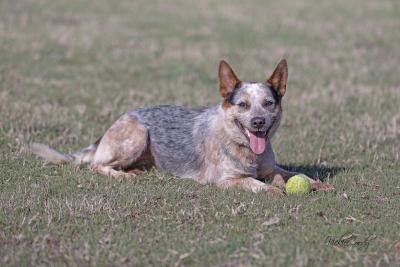
What comes next
Simple, right? But not always easy. Turning the old ways upside down can feel impossible if you go it alone. So let’s not expect anyone to do this work alone. Everyone can do something, and every shelter that has reached no-kill has done it because the community has been there to lend a hand.
The progress that has been made is thanks to people supporting their local shelters by adopting, fostering, donating, and volunteering. So go and do that. The animals and your local shelter staff are waiting for you.
This article was originally published in the July/August 2025 issue of Best Friends magazine. Want more good news? Become a member and get stories like this six times a year.
Let's make every shelter and every community no-kill
Our goal at Best Friends is to support all animal shelters in the U.S. in reaching no-kill. No-kill means saving every dog and cat in a shelter who can be saved, accounting for community safety and good quality of life for pets.
Shelter staff can’t do it alone. Saving animals in shelters is everyone’s responsibility, and it takes support and participation from the community. No-kill is possible when we work together thoughtfully, honestly, and collaboratively.
